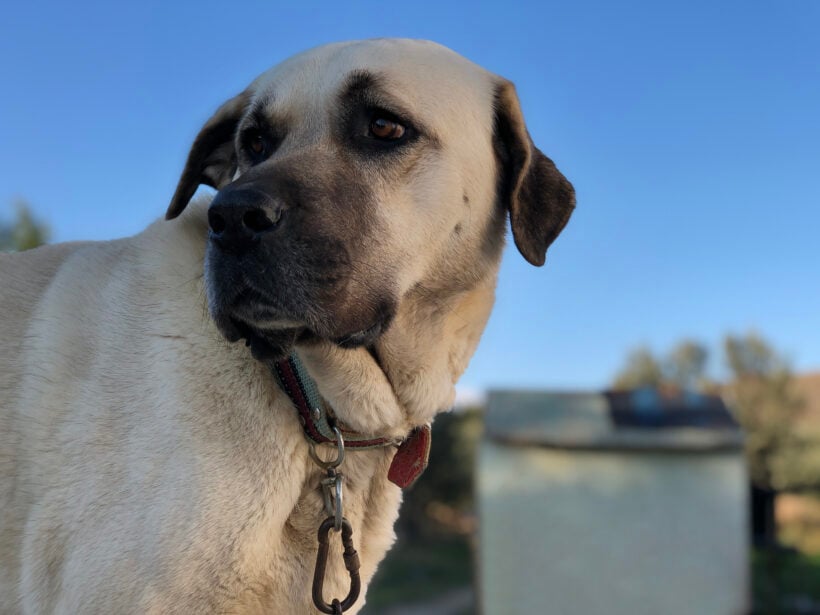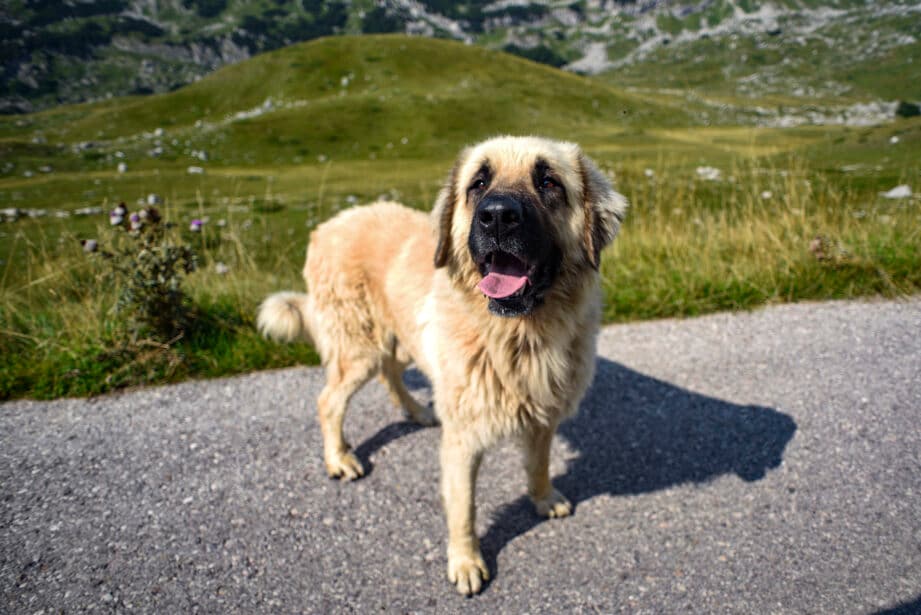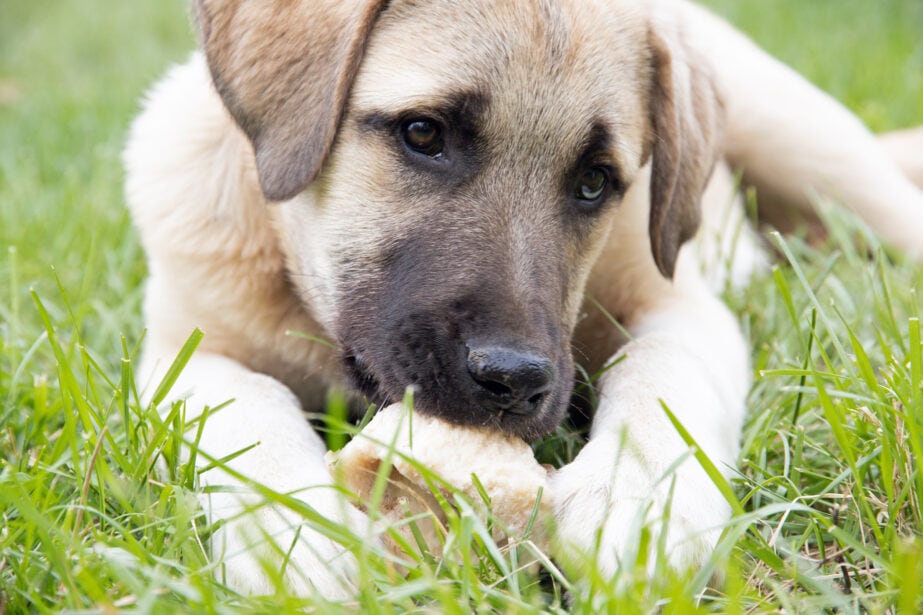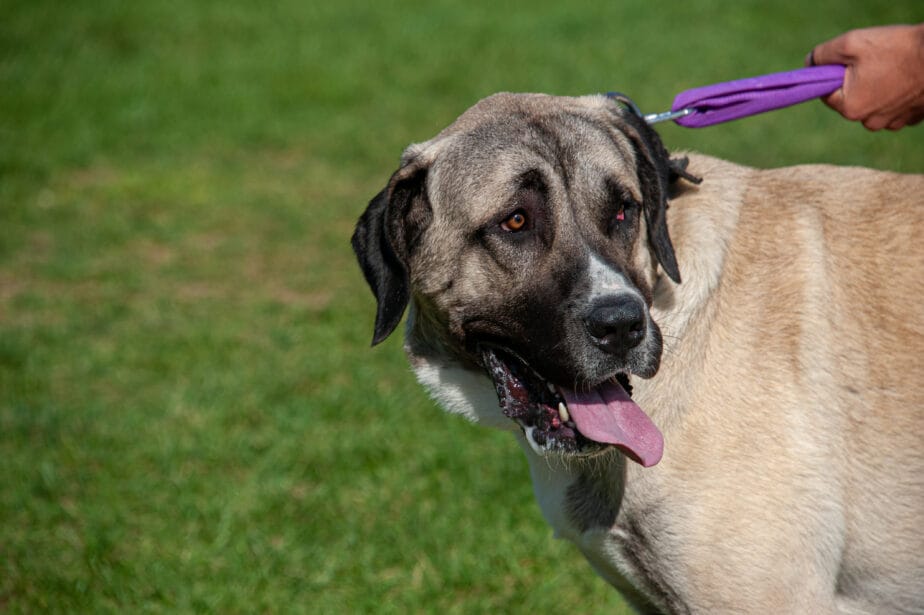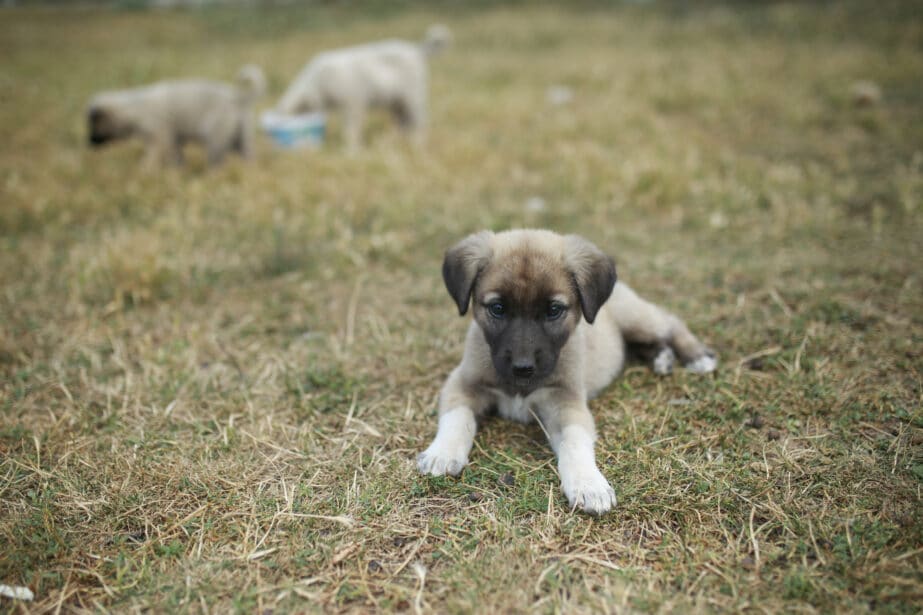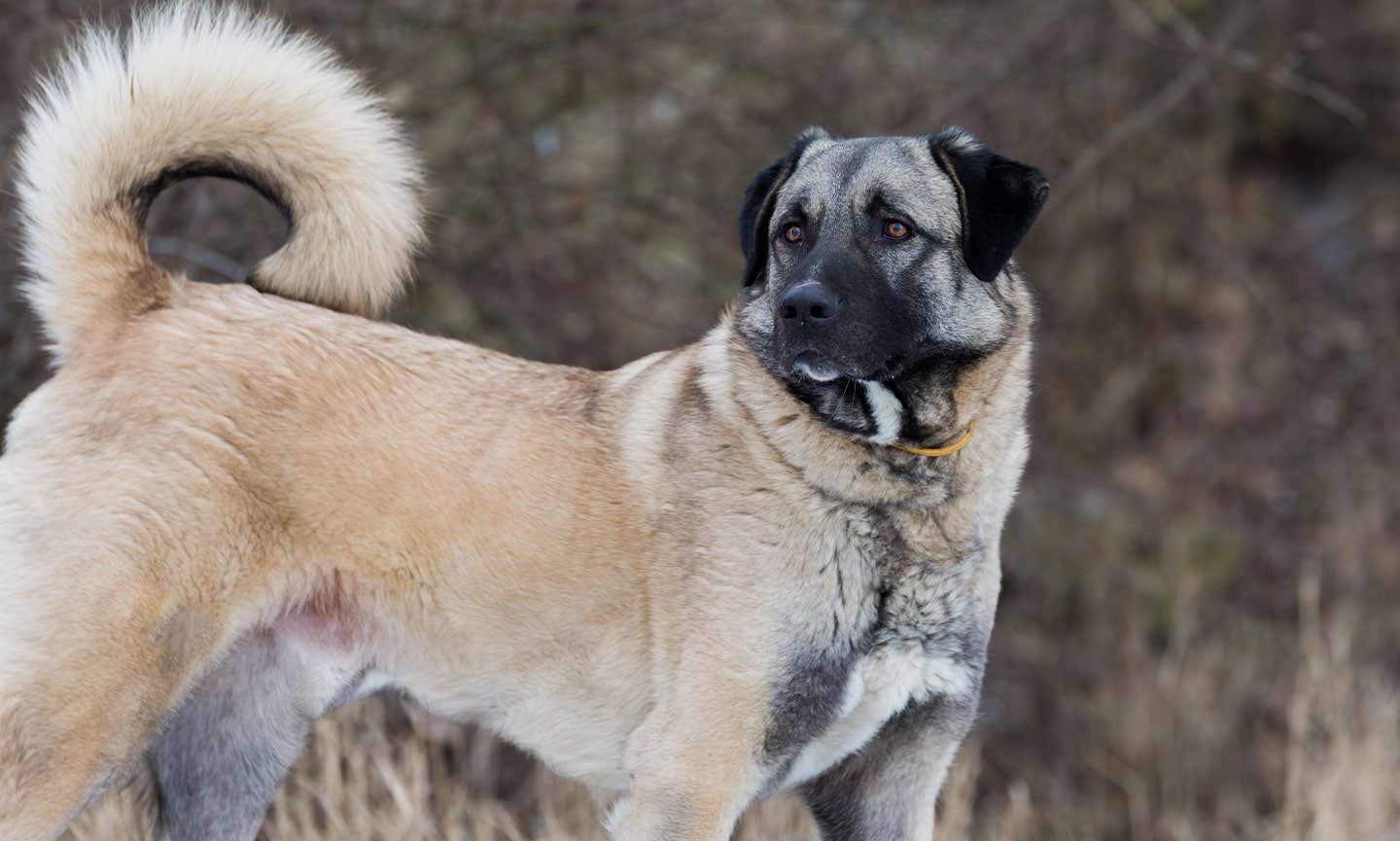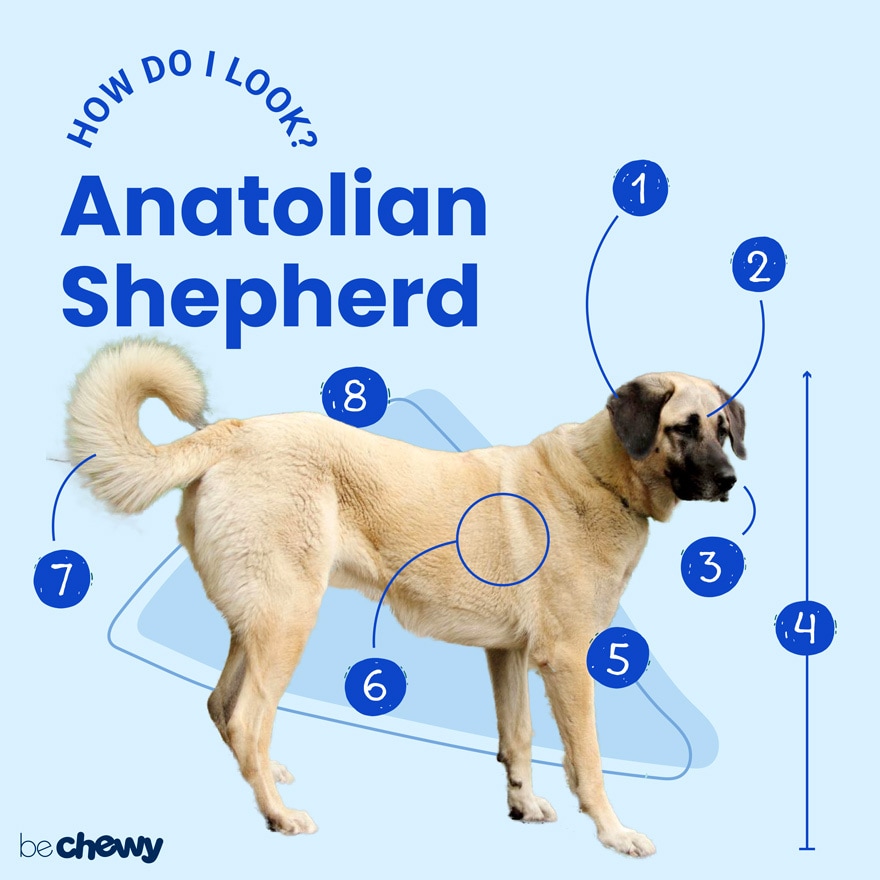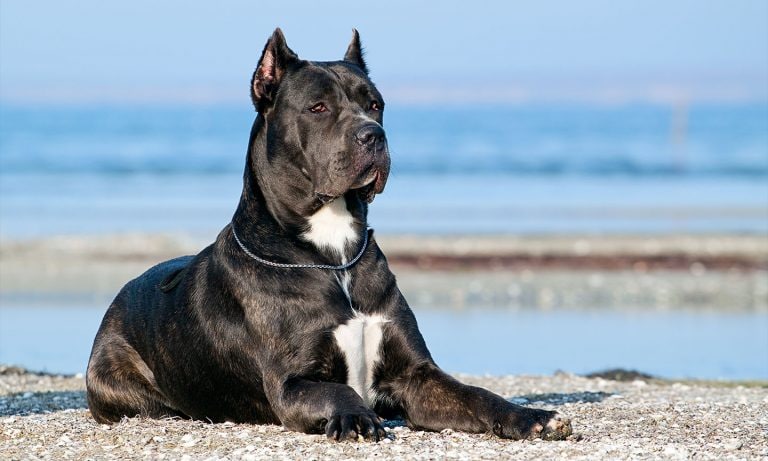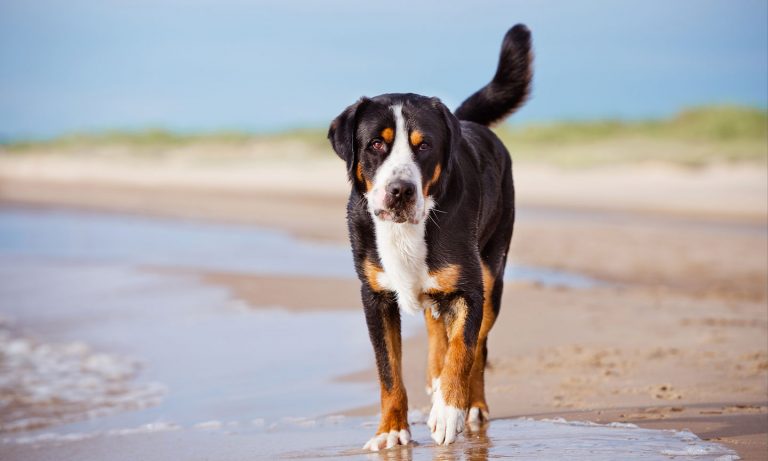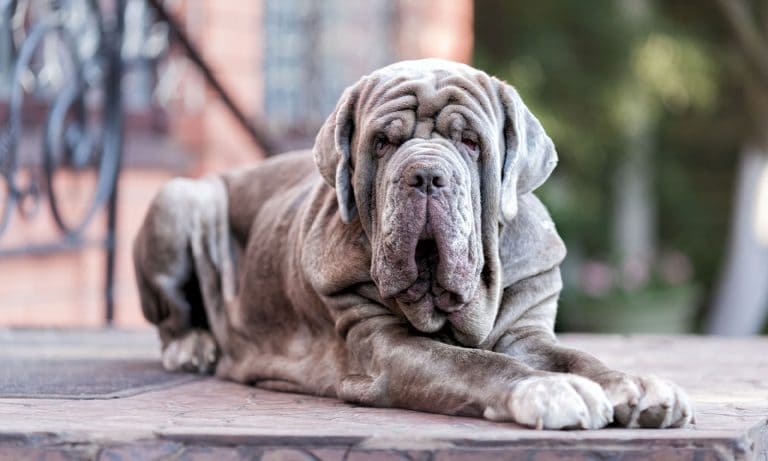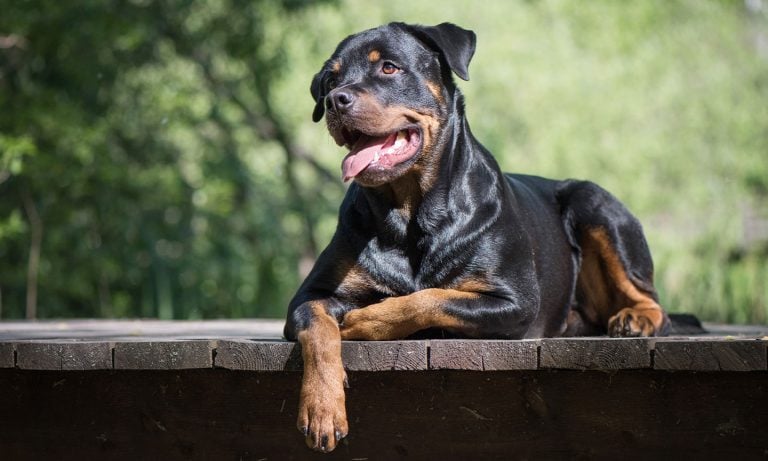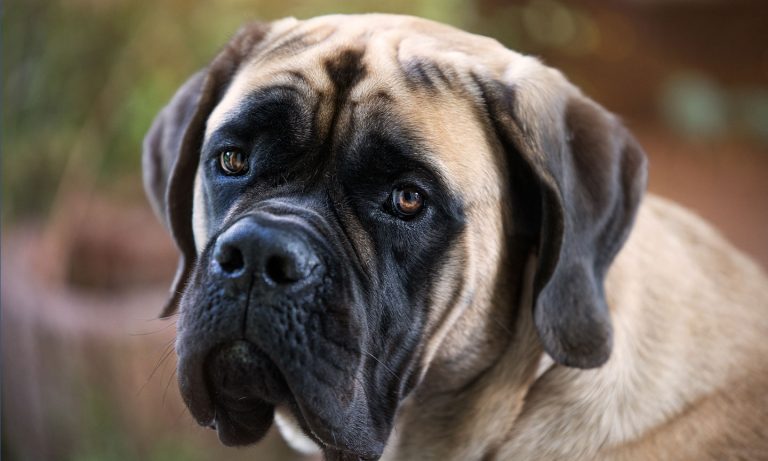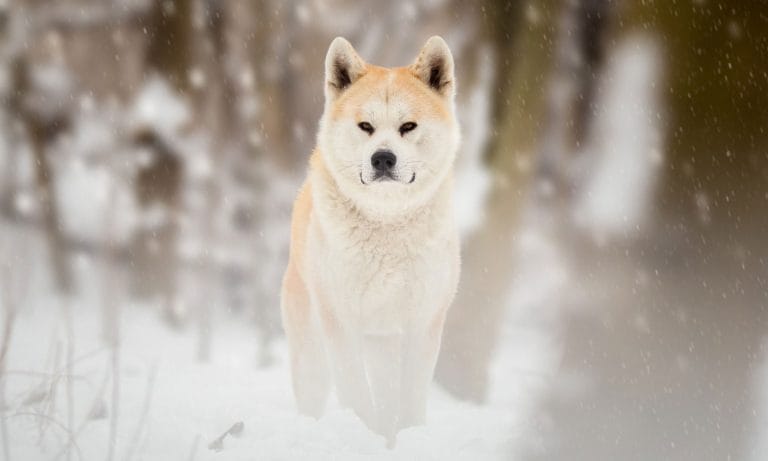If you’ve been searching for the strong, silent type, you’ve found ’em—albeit not in human form. Blue-collar and proud of it, the Anatolian Shepherd is a hard worker who was bred to roam the grounds tirelessly protecting their flock. Today’s Anatolians may be large and intimidating, but they’re big softies with their families, including kids, with the right training and socialization. Did we mention they’ll need lots of training and early socialization? They often prefer to be patrolling your domain instead of being in the mix of a party, so you’ll need to start showing them the ropes early on. But for the right family, this loyal pup will be a great addition.
Breed Snapshot
Temperament:
IntelligentEndlessly PatientLoyalCoat Color:
Biscuit And WhiteBrindleBlue FawnBrindleFawnGray FawnRed FawnLiverWhite
Best For
Anatolian Shepherds are large dogs who were originally bred to protect livestock. Today, they still require ample room to roam and lots of time in the great outdoors (even if it's just your backyard). They thrive with experienced pet parents who can provide firm leadership and regular exercise.
Anatolian Shepherd Temperament
The Anatolian Shepherd has the best characteristics and traits a farmer or rancher would look for in a livestock guardian dog. (Makes sense, because they were bred for the job.) They’re intelligent, competent, independent and able to decide what’s best for their flock. They’re also large and intimidating, incredibly graceful, and their speed is definitely something to write home about—they can run about 30 mph!
These pups sometimes aren’t overly friendly with people or pets they don’t know. But they are very loyal and loving to their family (other pets included!) who they may consider their flock. You’ll need to socialize your Anatolian Shepherd with other people and dogs while they’re young so they learn that it’s OK to have friends. And be sure to supervise all playtimes with children, ensuring that any kids in your dog’s life know how to respectfully interact with dogs. With their large size, these pups may accidentally knock over smaller kids. Also, if you have a visiting child, your pup may misinterpret their playful actions as aggressive and move to defend your child. Socialization and training are key to ensuring these dogs become comfortable around kids (and other types of people outside their immediate families).
If you adopt an older Anatolian Shepherd, make sure they’ve already received training and have been well-socialized. If not, they might be better suited to living as the only pet in a household without children or on a farm where they can roam and have their own space.
Here’s the bottom line: Your pup will be loyal to a fault and their one desire will be for you to be safe.
How to Care for a Anatolian Shepherd
An Anatolian Shepherd dog might be mostly independent in the field, but as a pet, they need more attention and care. Your furry buddy will need extensive training, regular grooming, proper veterinary care, stimulating activities and exercise. They also need adequate time with you and lots of bonding activities. That list of needs is almost as long as this breed is tall, but with the right pet parent, an Anatolian Shepherd will be a loyal, hard-working family member.
Anatolian Shepherd Health
The Anatolian Shepherd has a lifespan of 11 to 13 years and doesn’t have many health issues. While they’re mostly healthy dogs, there are a few health problems to watch out for to help your pup live the longest life possible.
- Hip Dysplasia: Hip dysplasia is a loosening of the hip joints that can cause connective tissues to break down and arthritis to occur. While hip dysplasia is possible in most dog breeds, it’s less common in Anatolians. However, if your dog is showing any symptoms of hip pain, like decreased activity, lameness in the back legs or limping, a visit to your vet is in order. The symptoms can be treated with weight management, joint supplements, medications and/or surgery.
- Hypothyroidism: Hypothyroidism occurs when the dog’s thyroid isn’t producing enough of the hormone that regulates their metabolism. Common symptoms include weight gain, lethargy, hair loss and thinning of the fur. A blood test is typically all that’s needed to diagnose this disease, and it’s treatable with medication.
- Bloat: Bloat is the more common name for gastric dilatation-volvulus (GDV). This serious condition can quickly develop into a life-threatening emergency. While not common in Anatolians, they are at risk because of their larger size and broad rib cage. The classic clinical sign is retching or dry heaving with no vomit produced, but you may also see abdominal distension, restlessness, drooling, collapse or pale gums. This condition must be treated by a veterinarian immediately. They will likely perform emergency surgery.
- Sensitivity to Anesthesia: Anatolians are sometimes sensitive to anesthesia. This means it can sometimes take longer for them to recover from anesthesia, meaning it can take them longer to wake up or that they can experience lethargy for longer than expected afterwards. Discuss this possibility with your veterinarian before any procedures to make sure you’re both aware of what their process is.
- Entropion: In this condition, the eyelid is rolled inward toward the eyeball such that the eyelashes may touch the cornea and cause ulcers and scarring. Entropion may have a genetic component but unfortunately there is no genetic screening test. If severe enough, your veterinarian may recommend surgery to correct the entropion.
Anatolian Shepherd History
The Anatolian Shepherd we know and love today comes from the Anatolian region of Turkey. Ancient artifacts show the breed’s origin may date back as early as 2000 B.C.—that makes the Anatolian a truly ancient dog breed.
Modern Anatolians descend from the Coban Kopegi (“shepherd’s dog”) developed by herders to care for their sheep and goats. Unlike the herding dogs who moved the flock from location to location, the Coban Kopegi were bred to protect the flocks from large predators. Those ancient dogs were likely bred from Roman Mollosian war dogs and Tibetan Mastiffs. They were known for their hardiness, independence and loyalty, traits the Anatolians and other Turkish shepherds of today still possess—like the Turkish Kangal, also known as the Kangal Shepherd Dog.
Their reputation as a guard dog led to their inclusion in the “Sheepdog Project” that ended with the outbreak of World War II. The program, led by the U.S. Department of Agriculture, was meant as an experiment to see which breeds would perform best as guardian dogs in the United States. They gained popularity among United States breeders when Lieutenant Robert Ballard, who was stationed in Turkey, brought a breeding pair home with him. Their popularity grew as farmers and ranchers discovered their phenomenal abilities in protecting livestock by keeping wolves and other predators away. The American Kennel Club officially recognized Anatolian Shepherds as an established breed in 1996.
Thanks to their amazing qualities, the Anatolian Shepherd and Kangal Shepherd have been selected by the Cheetah Conservation Fund as guardian dogs for stock in Africa. The dogs are raised and given to farmers in an effort to scare cheetahs away rather than killing them.
Ready to look for your own Anatolian Shepherd puppy? You can find a list of reputable AKC breeders on the American Kennel Club’s website. Anatolian Shepherd prices range from $800 to $1,500. But that price, you’re likely getting a pup who’s been screened for health and temperament issues and may come with pedigree papers. Want to give a good home to an older dog or rescue an Anatolian? Contact the National Anatolian Shepherd Dog Rescue Network for more information, or search Chewy’s database of adoptable dogs in your area.
FAQs
Do Anatolian Shepherds shed?
Yes, Anatolian Shepherds shed. They’re seasonal shedders, which means they shed their thick undercoat twice a year, in the spring and fall. The shedding happens for several weeks, but as their proud pup parent, we’re sure you’re up to the task of brushing them every couple of days to manage the excess hair!
How big do Anatolian Shepherds get?
Anatolian Shepherds get big. Their height starts at 27 inches for females and 29 inches for males at the shoulder. They weigh between 80 and 150 pounds, so yes, they’re large dogs. (They descended from war dogs and mastiffs, after all!)
Are Anatolian Shepherds good family dogs?
When properly socialized, Anatolian Shepherds can be good family dogs. They’re dedicated to their family and are loyal, intelligent dogs.
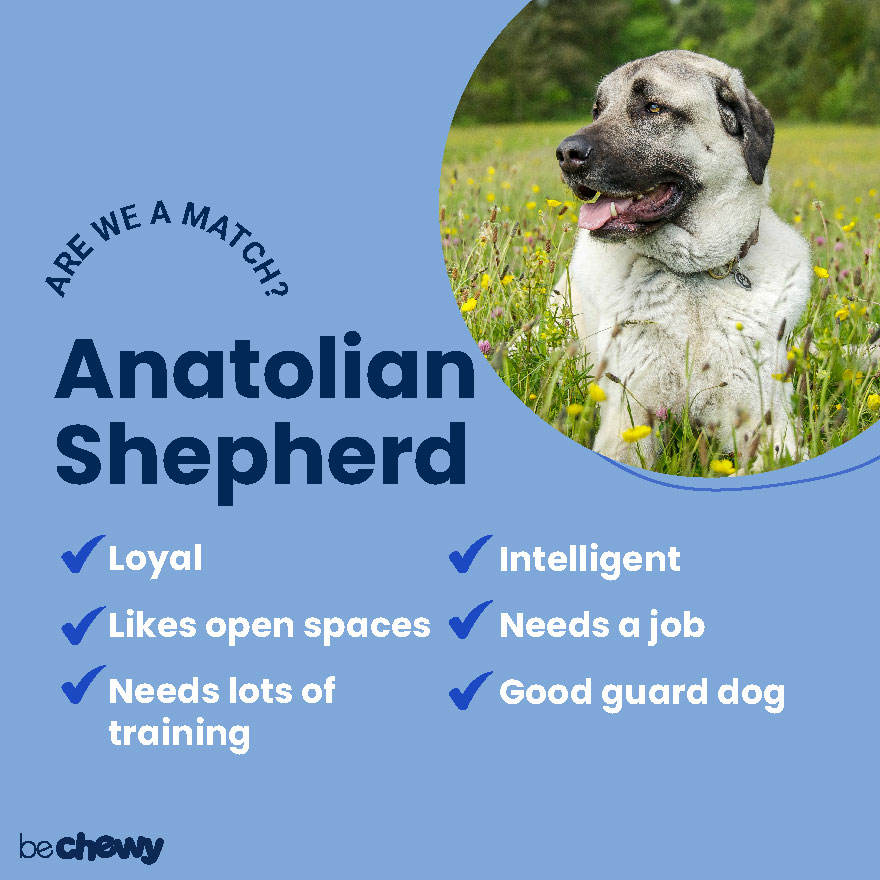
Top Takeaways
Anatolian Shepherds are proud, loyal and intelligent dogs with an ancient heritage as guardian dogs. (They date back to the Bronze Age!) Those guardian instincts are still strong today. Anatolians make great pets, but their ideal home would be on a farm with lots of room to fulfill their guarding duties. Make sure your Anatolian Shepherd gets extensive training and socialization from the moment you bring your puppy home.
Expert input provided by veterinarian Philip Brown, DVM, Animal Care Center; Cathy Hawkins, trainer at Springfield Missouri Dog Training Club; and Lisa Smith, Owner/Head Trainer at On The Spot Dog Training.
Breed characteristic ratings provided by veterinarian Dr. Sarah J. Wooten, DVM, CVJ, a veterinarian at Sheep Draw Veterinary Hospital in Greeley, Colorado; dog trainer and behavior consultant Irith Bloom, CPDT-KSA, CBCC-KA, CDBC, owner of The Sophisticated Dog, LLC, in Los Angeles; and certified animal behavior consultant Amy Shojai, CABC, in Sherman, Texas.
The health content was medically reviewed by Chewy vets.
Photo credit for “How do I look?” Pets4Homes.co.uk

Search for Adoptable Anatolian Shepherds Near You
Top Anatolian Shepherd Names
These are the top Anatolian Shepherd names as chosen by Chewy's pet parents!
Female Names
- Luna
- Bella
- Lucy
- Athena
- Anna
- Willow
- Daisy
- Maggie
- Nova
- Remi
Male Names
- Bear
- Duke
- Max
- Cooper
- Odin
- Moose
- Scout
- Loki
- Gus
- Hank
Share:


